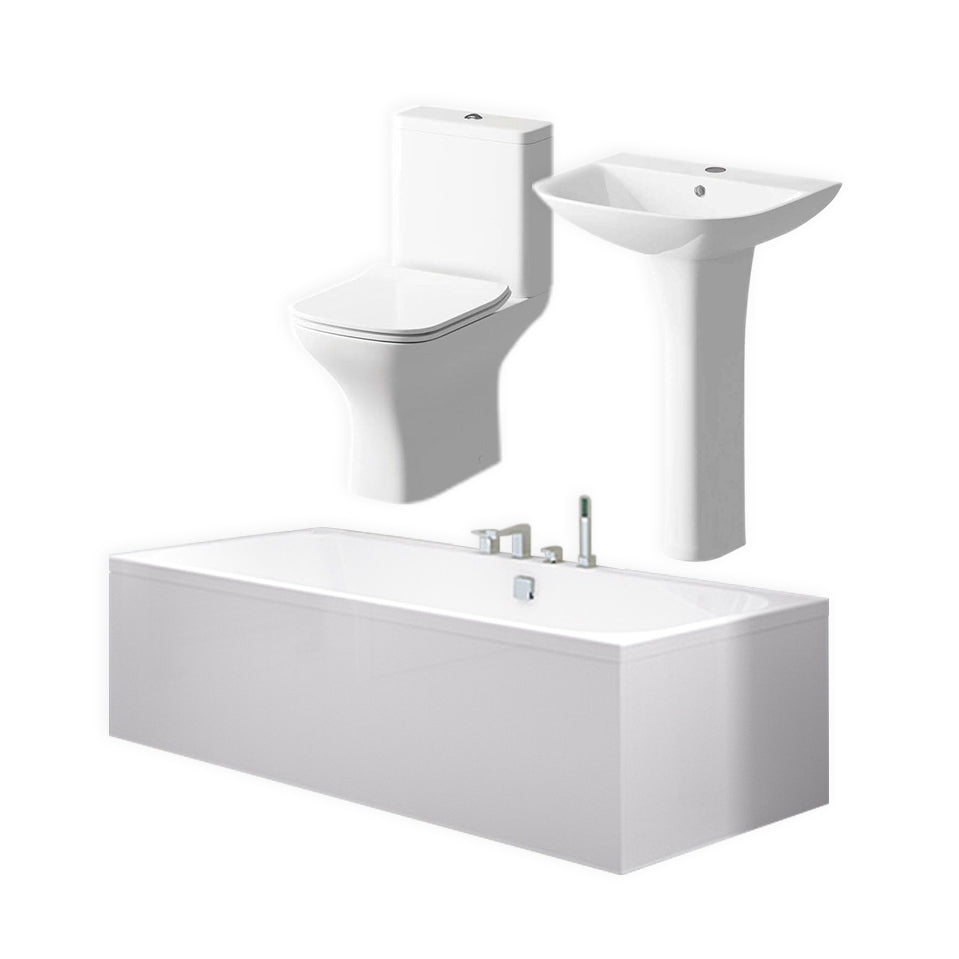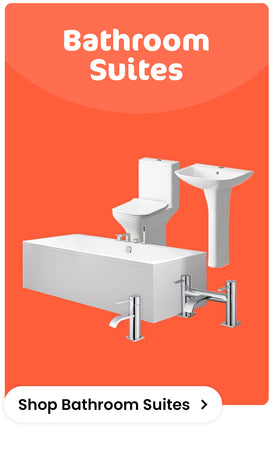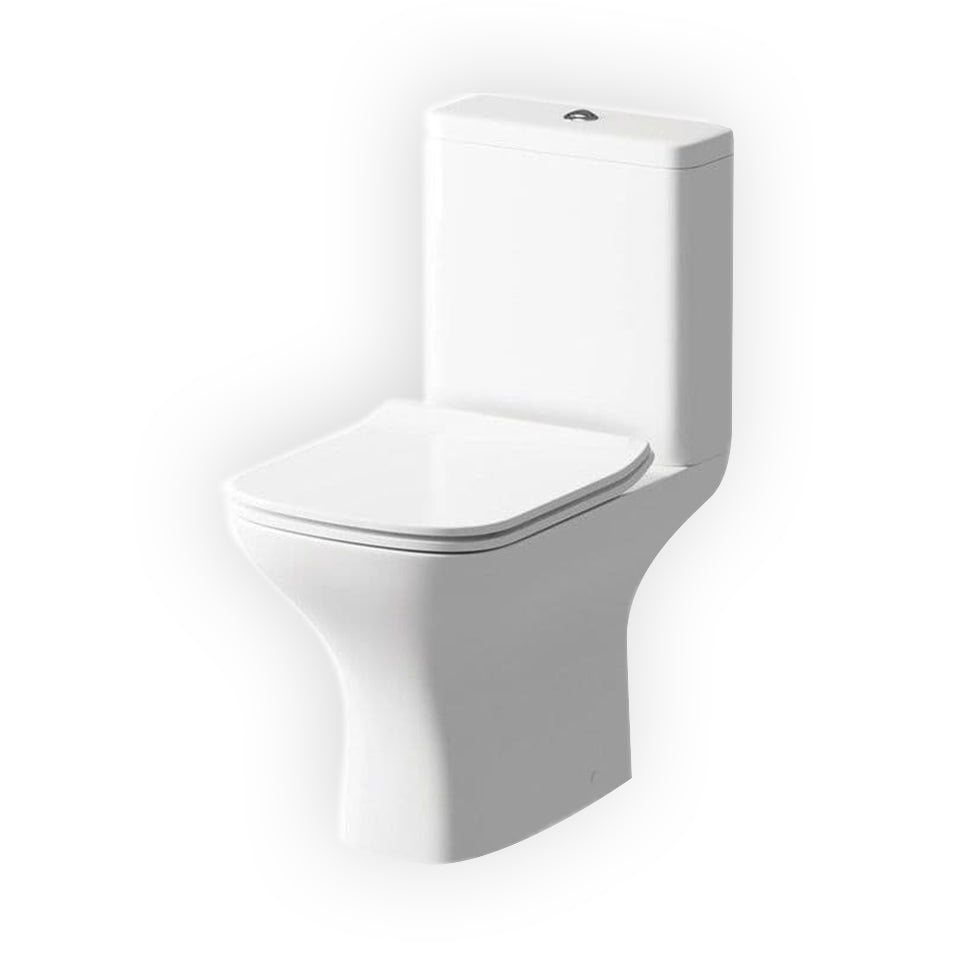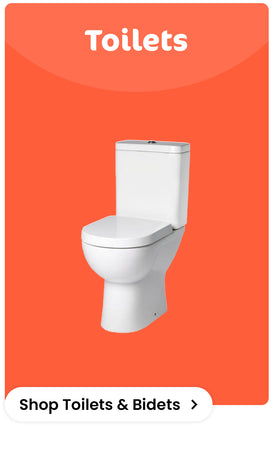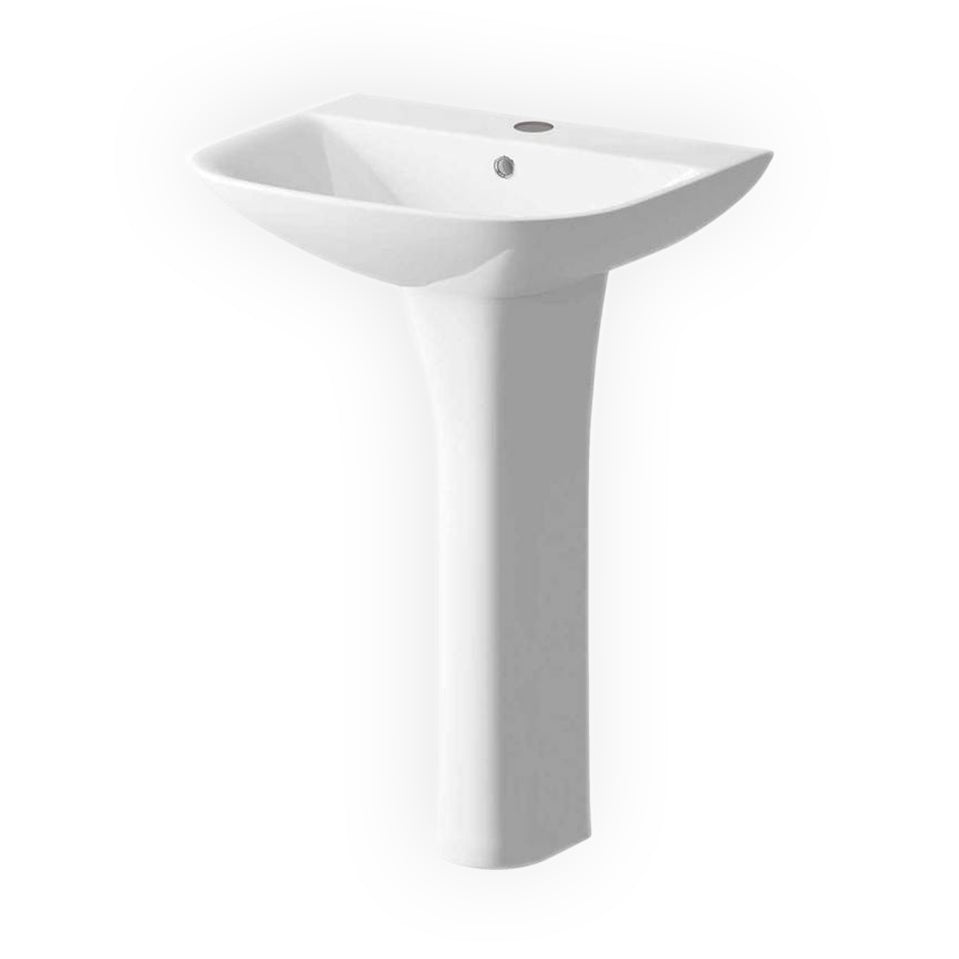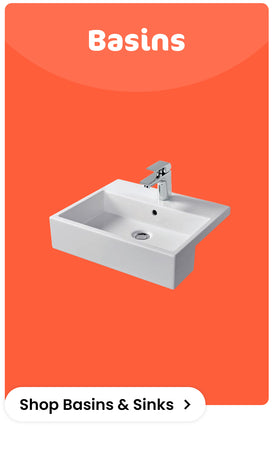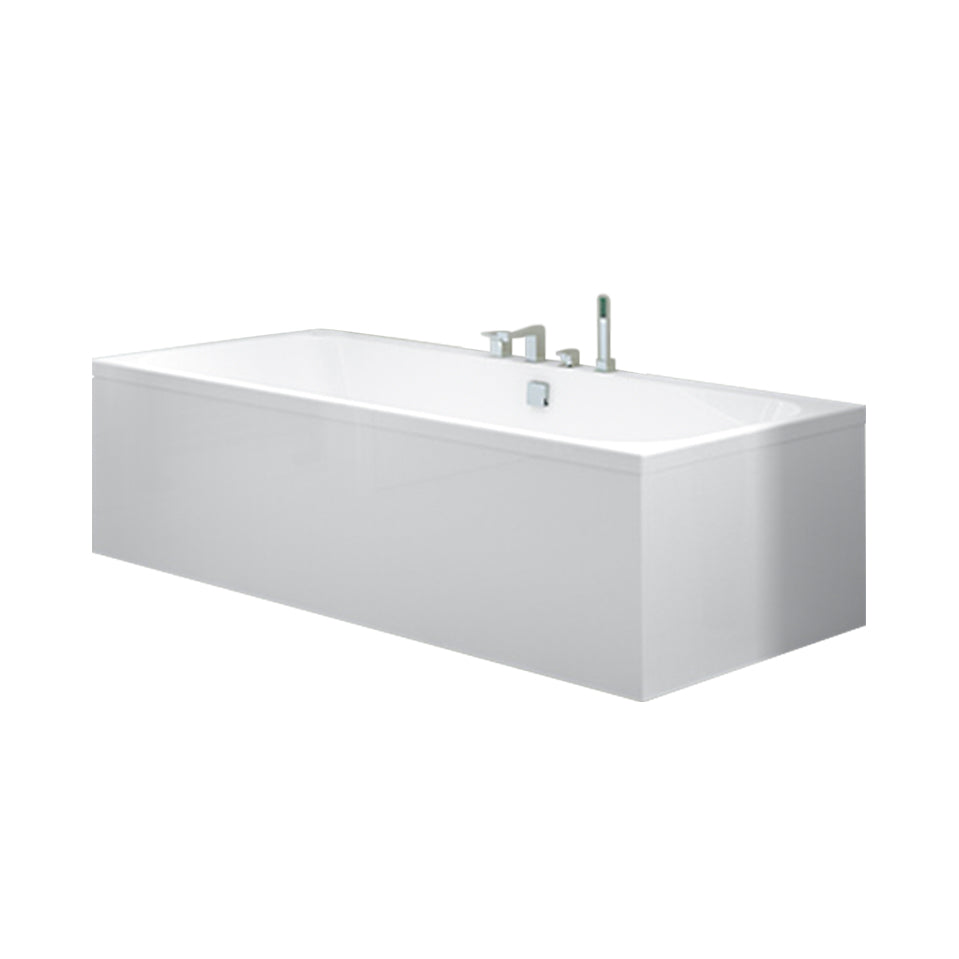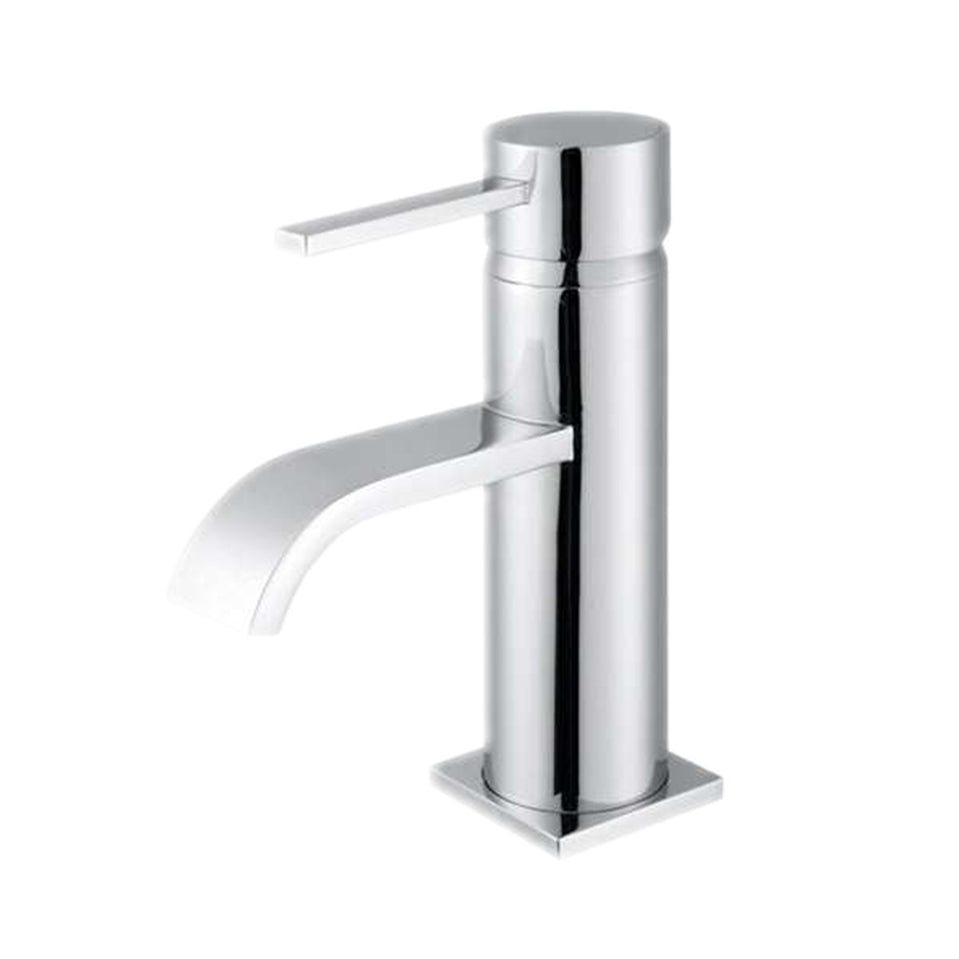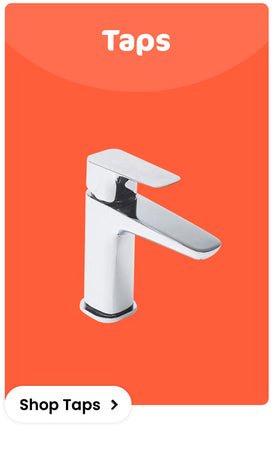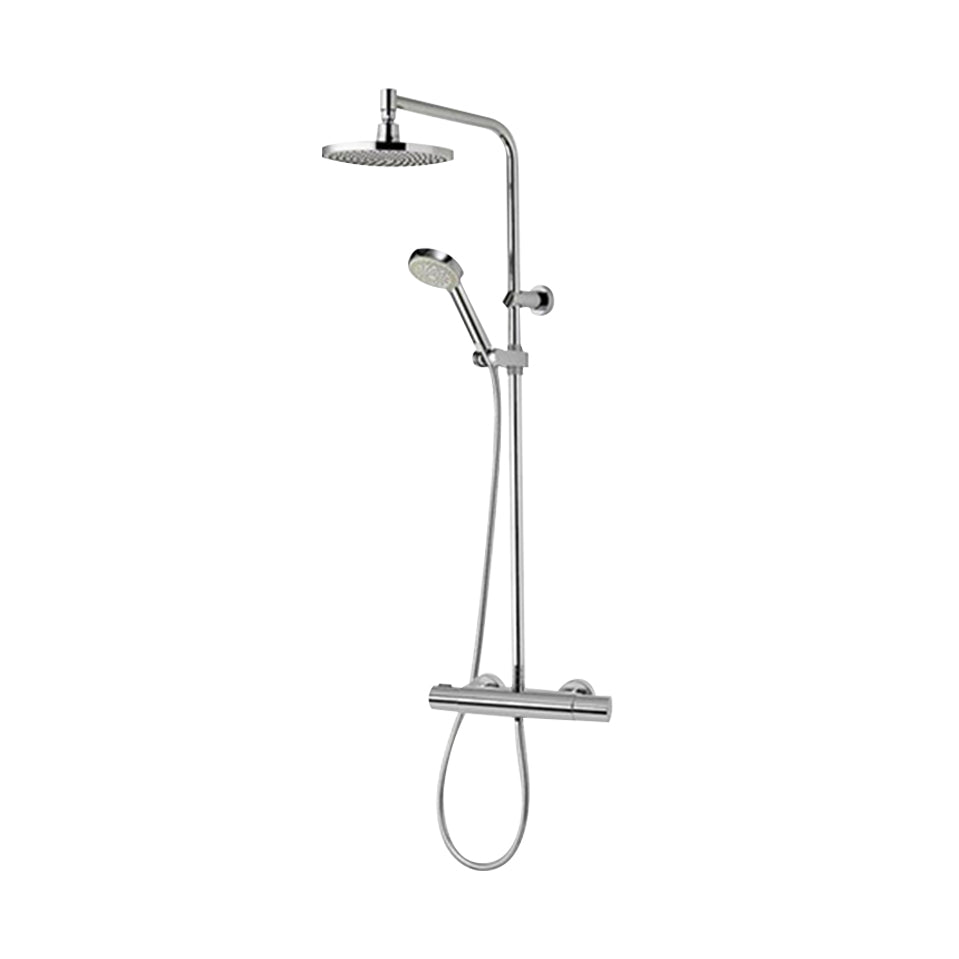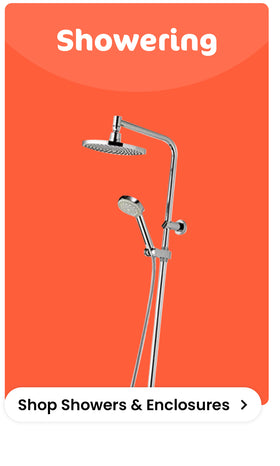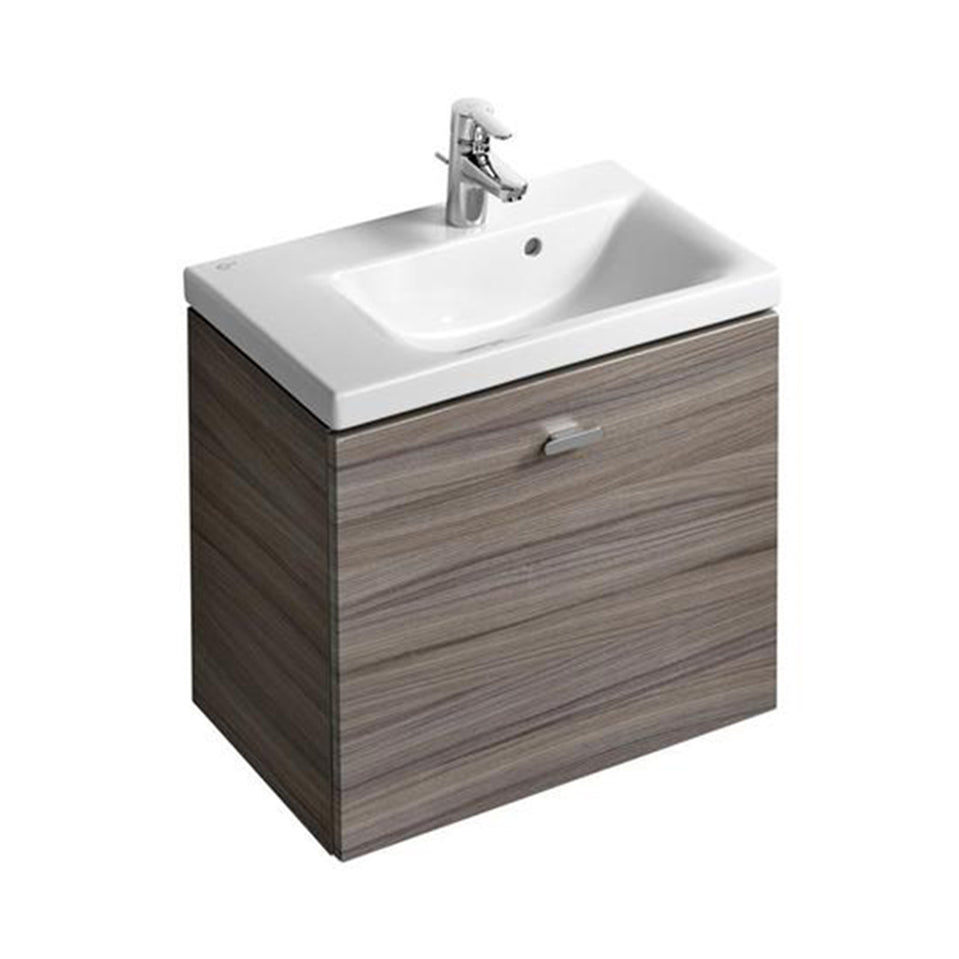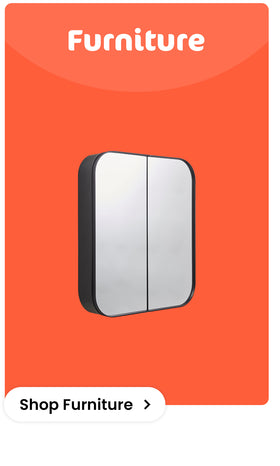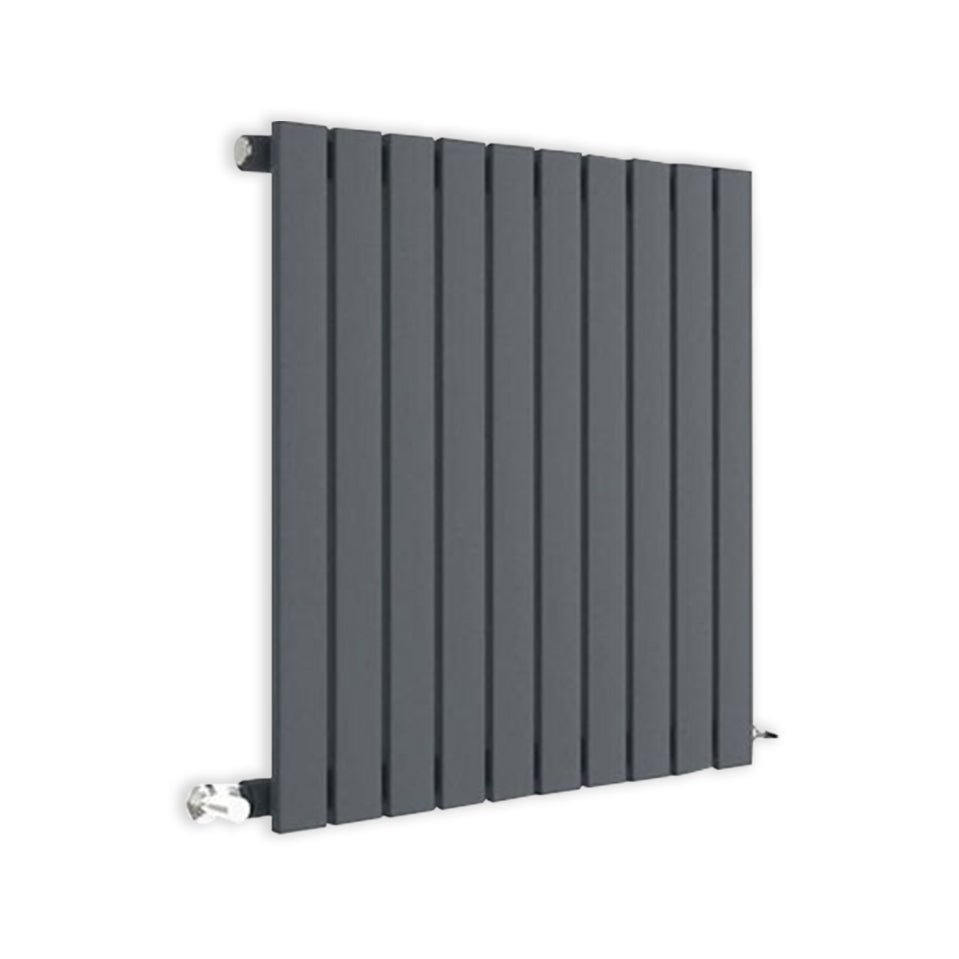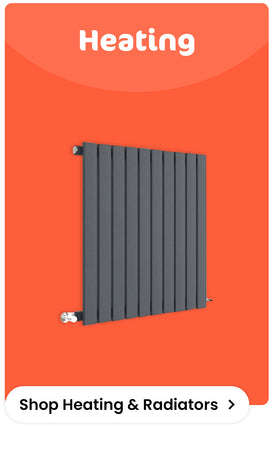IP Ratings & Bathroom Electric Zones Explained

In this short blog, we explain what an IP Rating is, how it relates to your bathroom and why they're so important. We'll also cover the different levels of IP ratings, go into detail about bathroom electric zones and how they relate to each other.
What is an IP Rating?
IP rating stands for “Ingress Protection Rating”. This is a two-digit number which indicates how resistant an electrical device is to water and dust.
The first digit (ranging from 0 - 6) represents the level of protection against solid objects. The second digit (ranging from 0 - 9) represents the level of protection against liquids. The higher the number, the better the protection.
IP ratings are defined by the international standard EN 60529.
Different Levels of IP Ratings
| First Digit | Level of Protection |
| 0 | No protection. |
| 1 | Protected against solid objects over 50mm, e.g. accidental touch by hands. |
| 2 | Protected against solid objects over 12mm, e.g. fingers. |
| 3 | Protected against solid objects over 2.5mm, e.g. tools & wires. |
| 4 | Protected against solid objects over 1mm, e.g. wires & nails. |
| 5 | Protected against dust limited ingress, no harmful deposits. |
| 6 | Totally protected against dust. |
| Second Digit | Level of Protection |
| 0 | No protection. |
| 1 | Protected against vertically falling drops of water, e.g. condensation. |
| 2 | Protected against direct sprays of water up to 15 degrees from the vertical. |
| 3 | Protected against direct sprays of water up to 60 degrees from the vertical. |
| 4 | Protected against water splashed from all directions, limited ingress permitted. |
| 5 | Protected against low pressure jets of water from all directions, limited ingress permitted. |
| 6 | Protected against strong jets of water, e.g. on ships deck, limited ingress permitted. |
| 7 | Protected against the effects of temporary immersion in water. |
| 8 | Protected against the effects of continuous immersion in water. |
| 9 | Protected against high pressure and temperature water jets. |
The Importance of IP Ratings for Bathrooms
Understanding the IP Rating required is crucial to safely (and legally) install any type of electrical component, such as lighting, within a bathroom. You need to know the minimum IP Rating required for your chosen Bathroom Zone.
What is a Bathroom Electric Zone?
Bathroom Zones refer to the different areas where electrical components can be installed, in relation to distance from water. Each Bathroom Zone requires a certain level of IP Rating to guarantee safety and protection - to reduce the risk of electrical fires, electric shocks, etc.

SOURCE: Crosswater
Zone 0
Zone 0 is the area inside the bath or shower tray itself. Any electrical component fitted within Zone 0 must be at least IP67 and be low voltage (max 12V).
Zone 1
Zone 1 is the same width as the bath, extending to a height of 2.25m above the bath. Within a shower, Zone 1 is the same width as the enclosure, above the shower tray, extending to a height of 2.25m. Any electrical component fitted within Zone 1 must be at least IP65.
(If the electrical component is 240V, then a 3oma residual current device (RCD) must also be used to protect the circuit in this zone).
Zone 2
Zone 2 is the area stretching 60cm from either side of the bath or shower, or a radius of 60cm from any tap (such as a basin tap). Any electrical component fitted within Zone 2 must be at least IP44.
Zone 3
Zone 3 (or Outside Zones) are the areas outside of Zones 0-2. There is no IP Rating required for electrical components within Zone 3. However, should you install any lighting within Zone 3, we recommend keeping to at least IP44.
Disclaimer: This page is for guidance only. Always make sure electrical work is carried out by a qualified professional.
Was this guide helpful?
We hope that this guide has helped you to understand IP Ratings and why they are important in relation to Bathroom Electric Zones.
Feel free to share this blog with others, perhaps you know someone who would also benefit from some of these tips and tricks!





